Clearly one could spend hours and hours in the Minneapolis Institute of Art in Minnesota, but we were low on time and high on hunger, so we only spent two hours exploring. We managed to see all the items on the list we prepared in advance, mostly by zipping through the areas of lower interest to us (which is a perfectly legitimate way to see a museum, in my opinion).
The museum’s collection includes more than 90,000 works of art, making it one of the largest art museums in the United States.
It has an impressive collection, made all the more impressive by the fact that it is free for everyone.
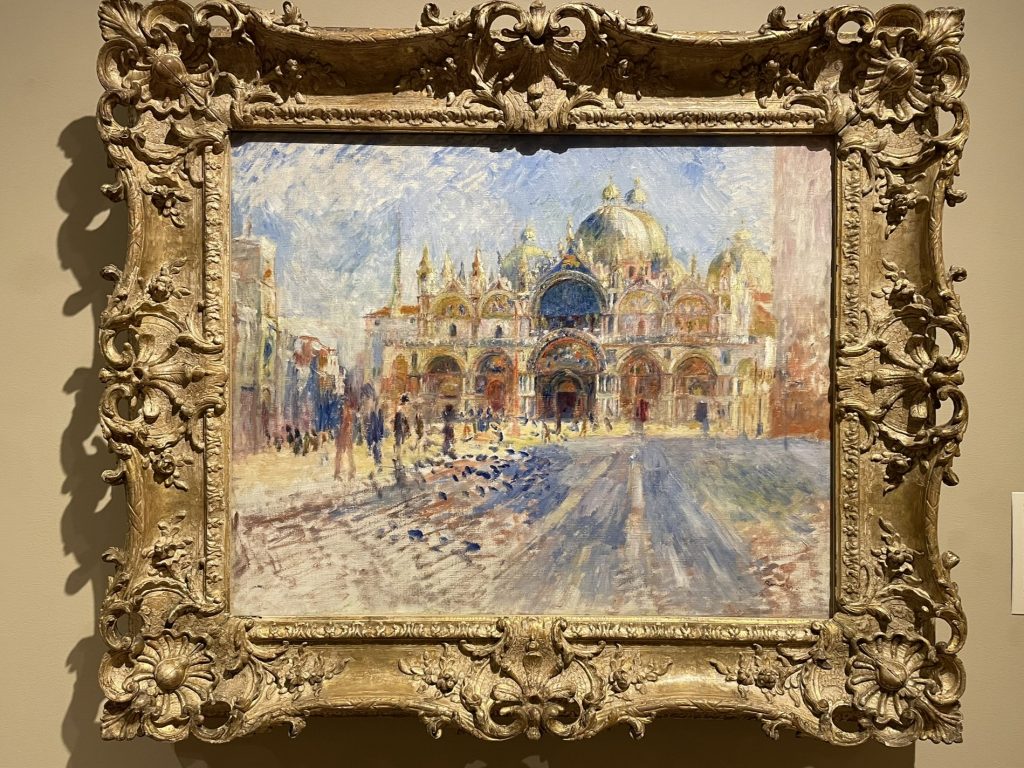
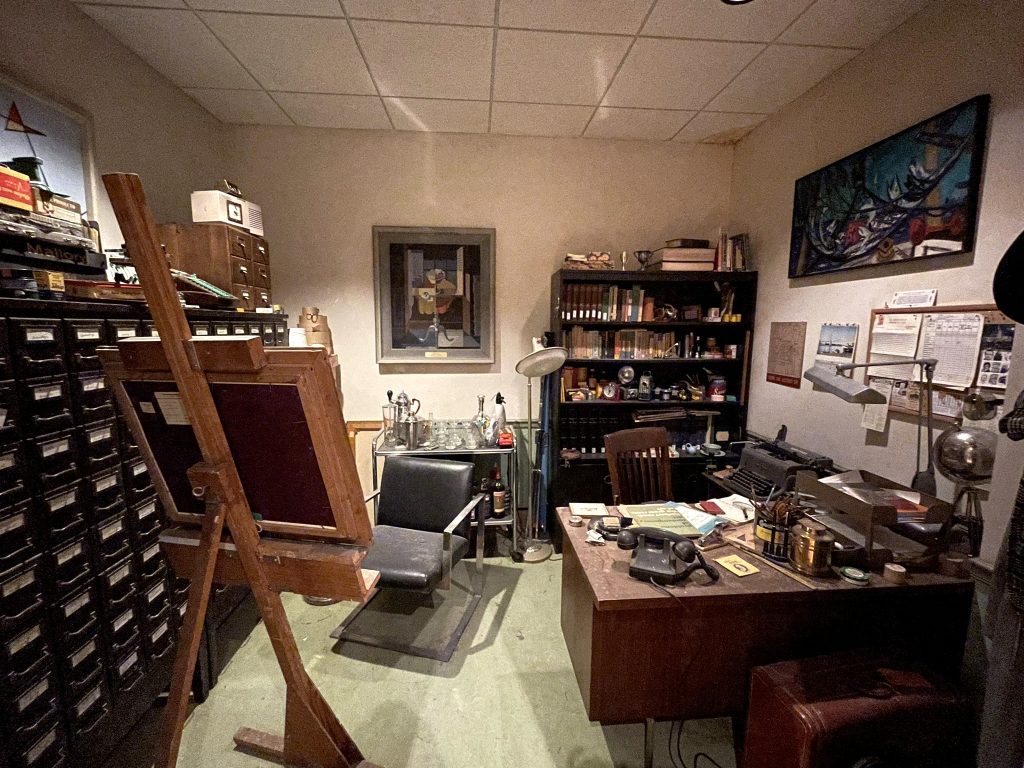
The museum’s founding dates to 1883 when the Minneapolis Society of Fine Arts was established and began to organize art exhibitions in the community.
By 1889 it changed its name to what it is today and moved into its first permanent space (inside the Minneapolis Public Library!).
It moved to its current space (with expansions made over the years) in 1915, thanks to a gift of land from Clinton Morrison and a large gift of cash from William Hood Dunwoody.
The cover photo is of course a Dale Chihuly: Sunburst, 1999.
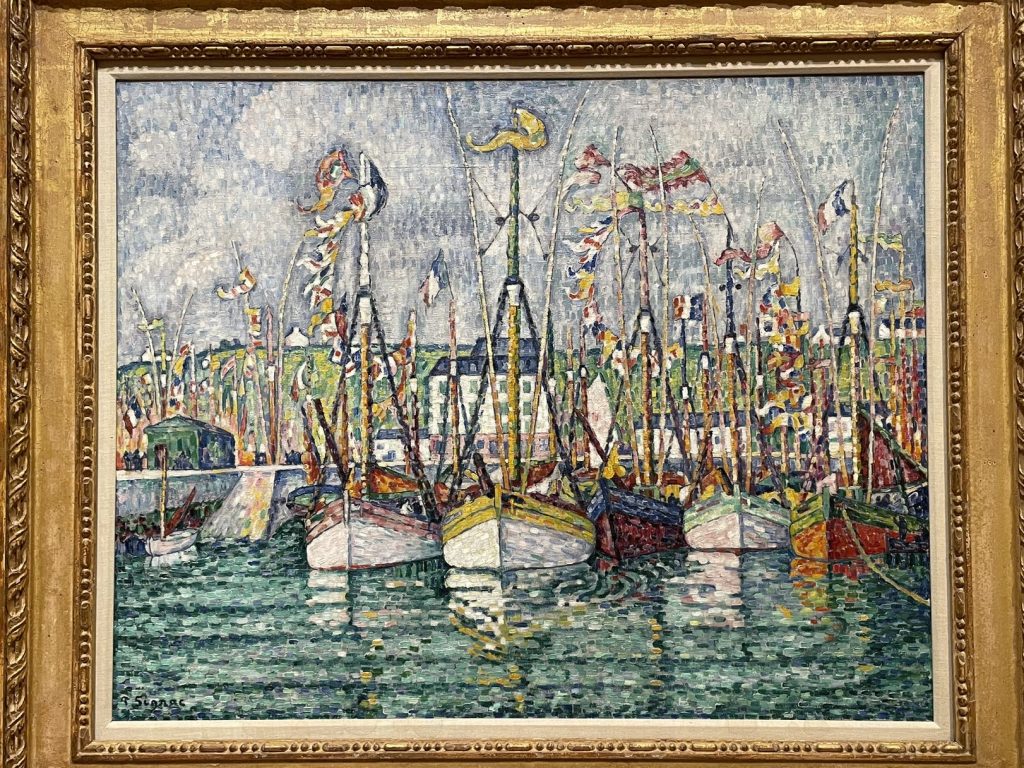
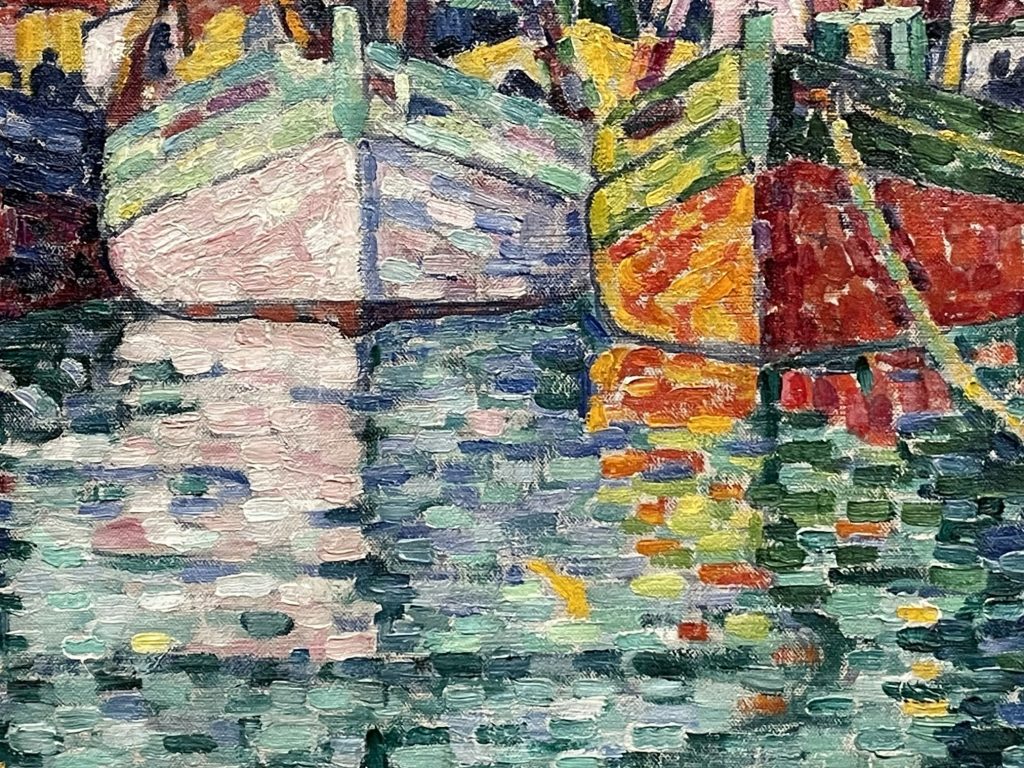
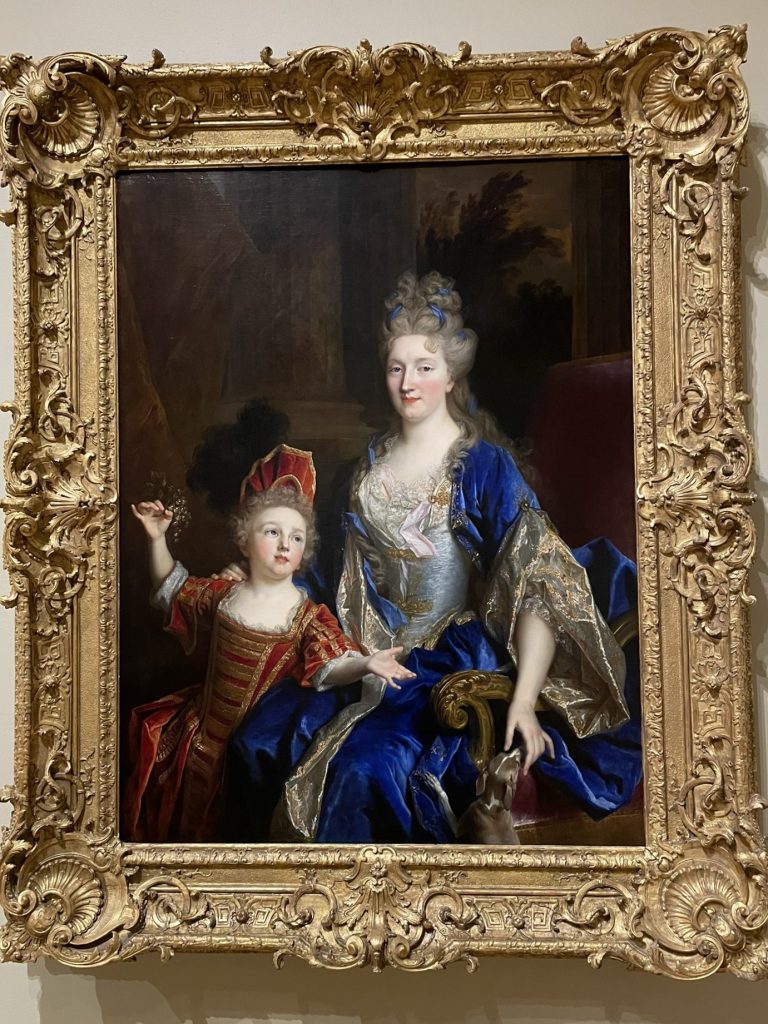
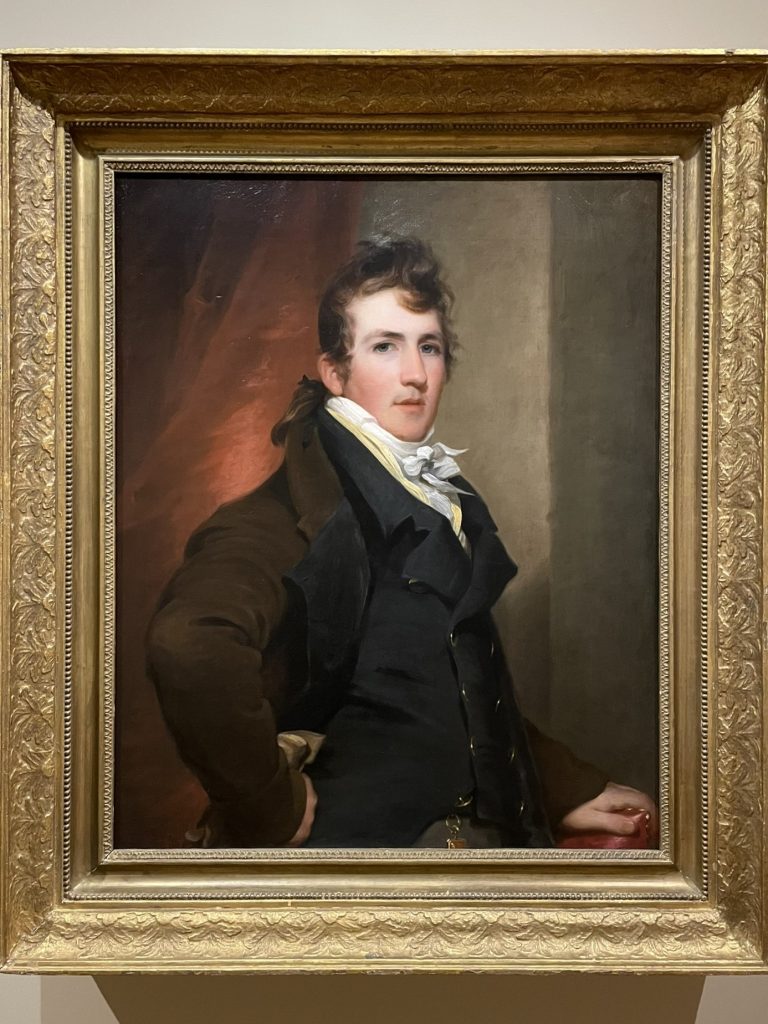
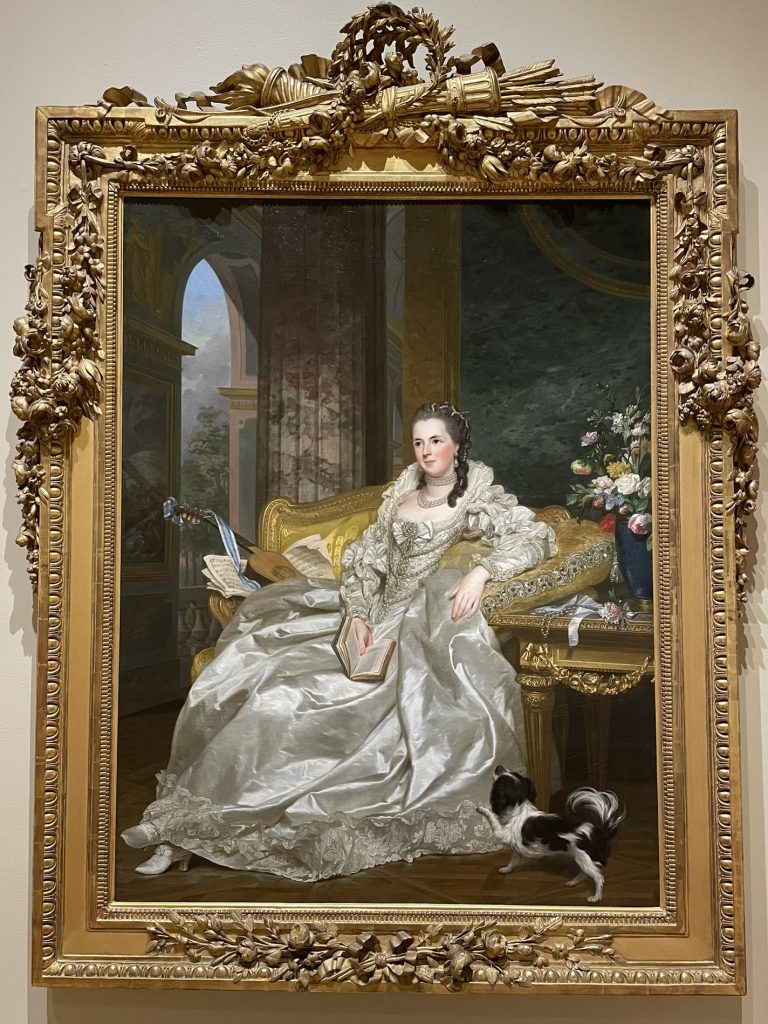
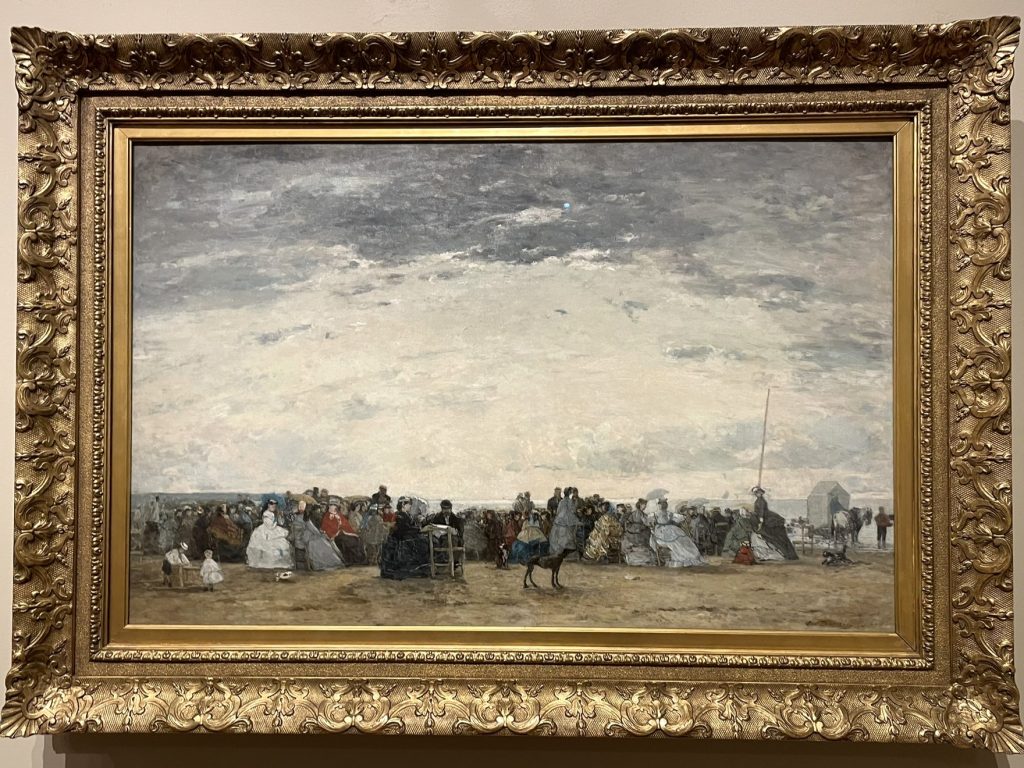
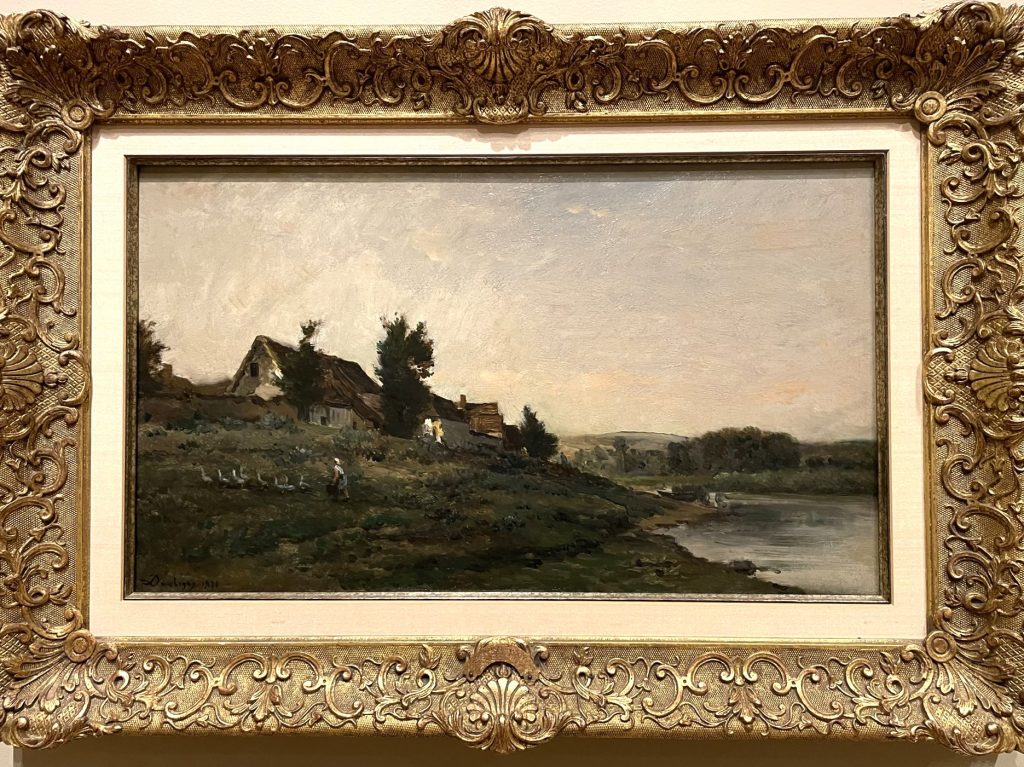
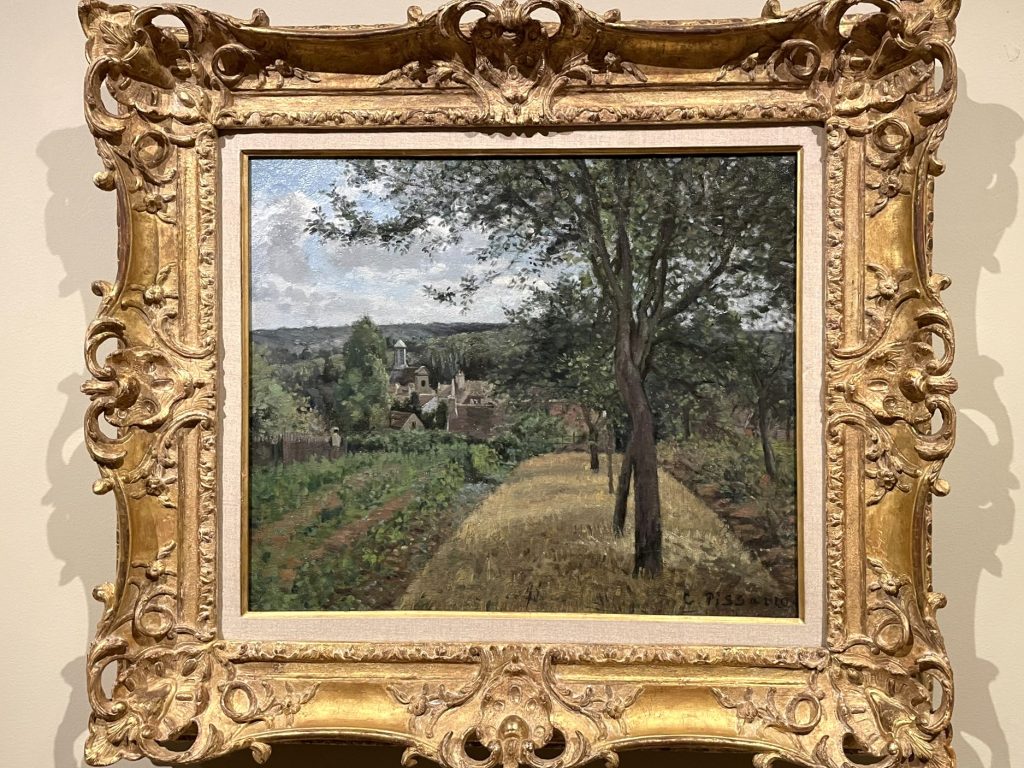
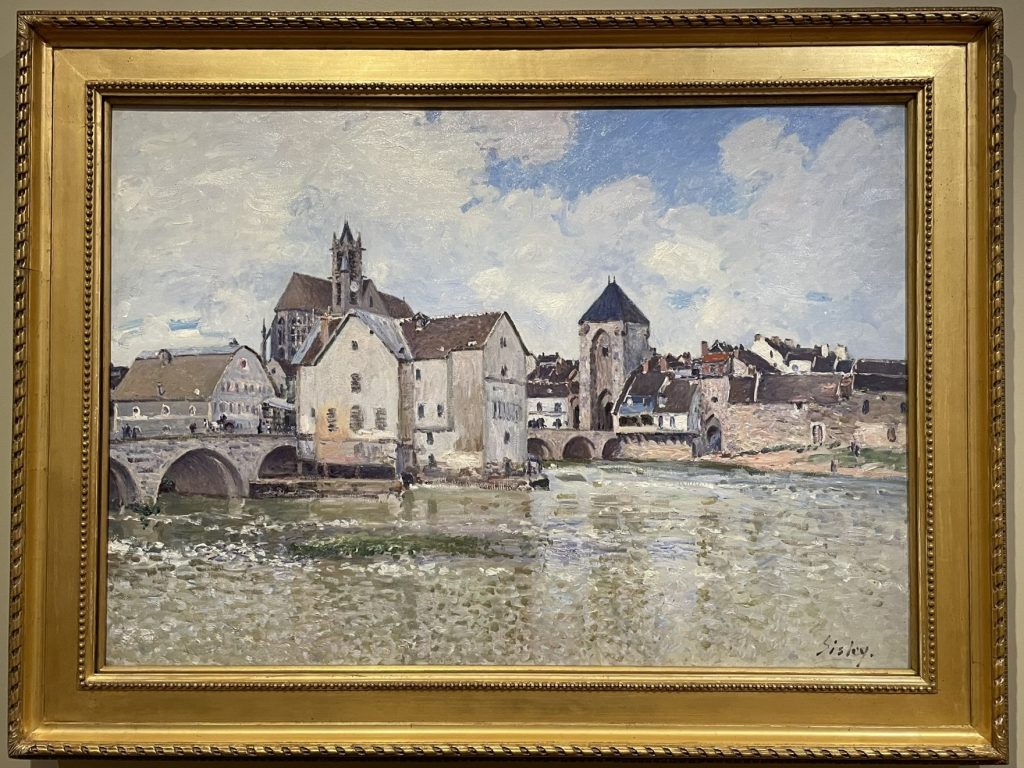
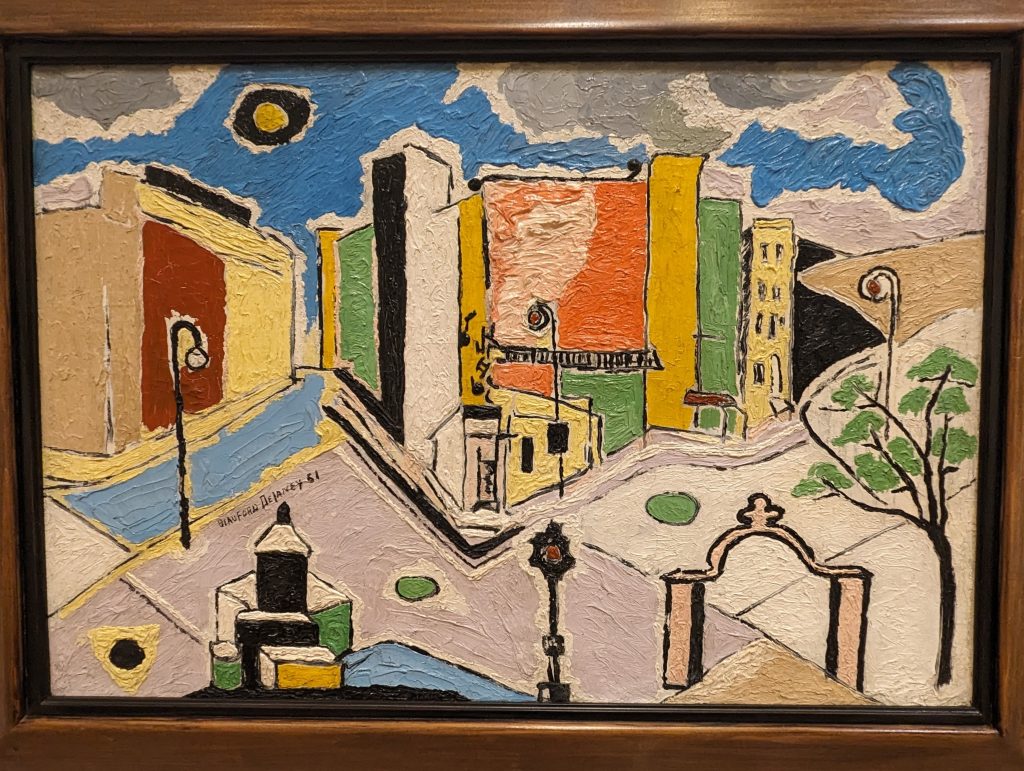
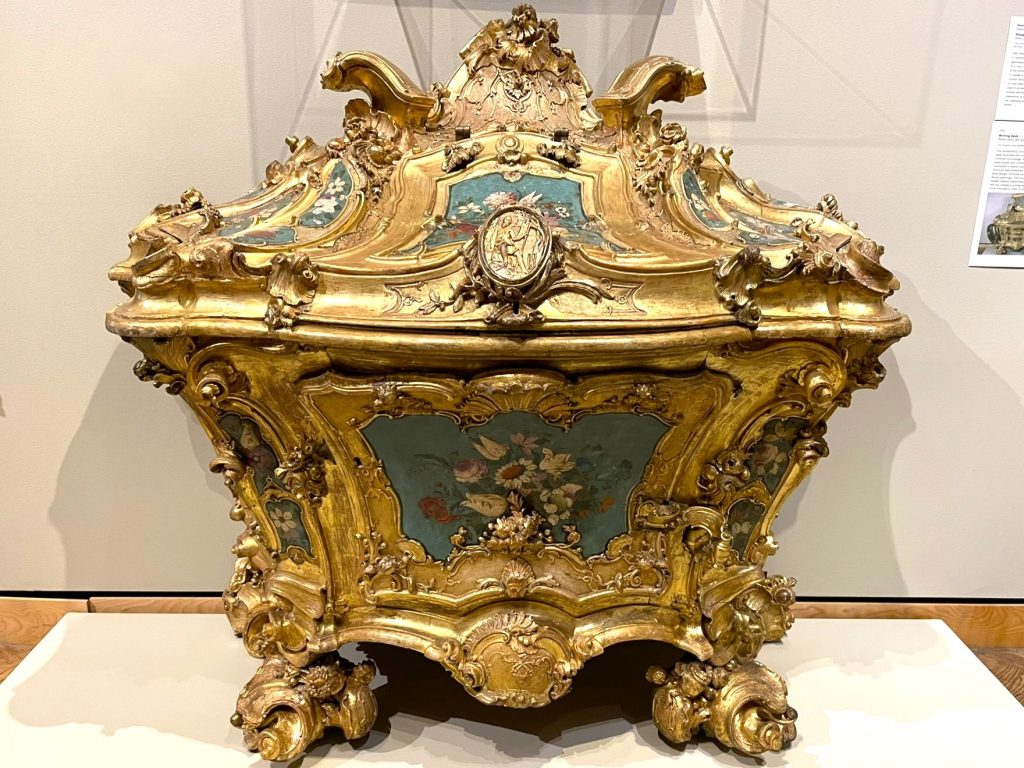
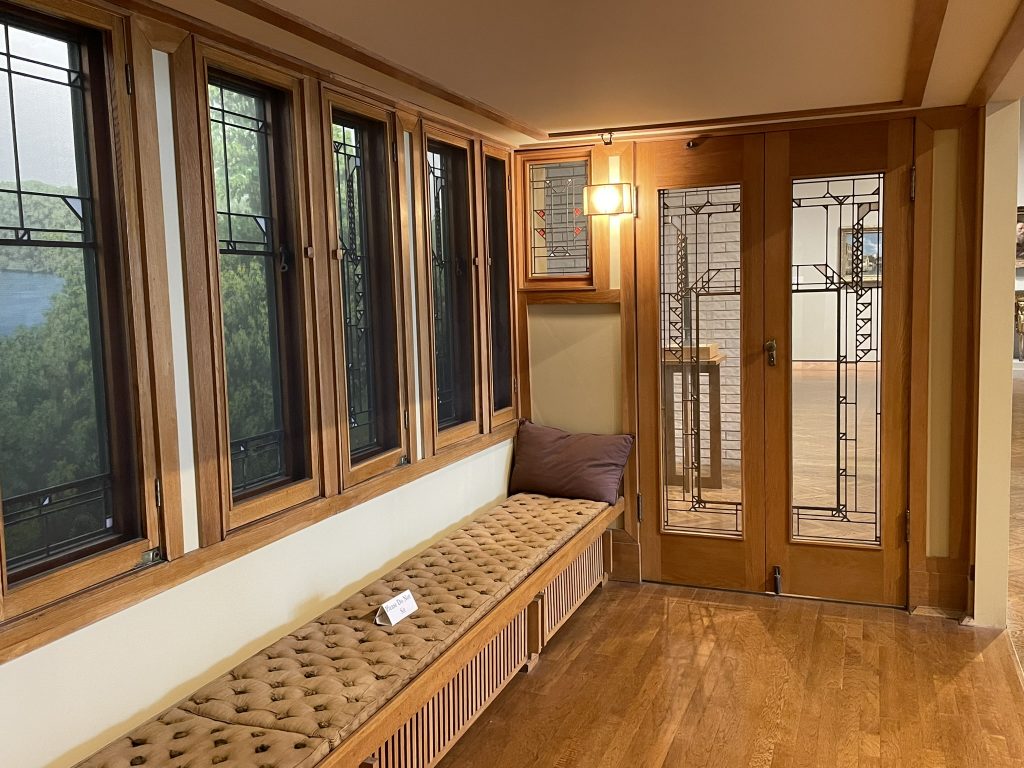

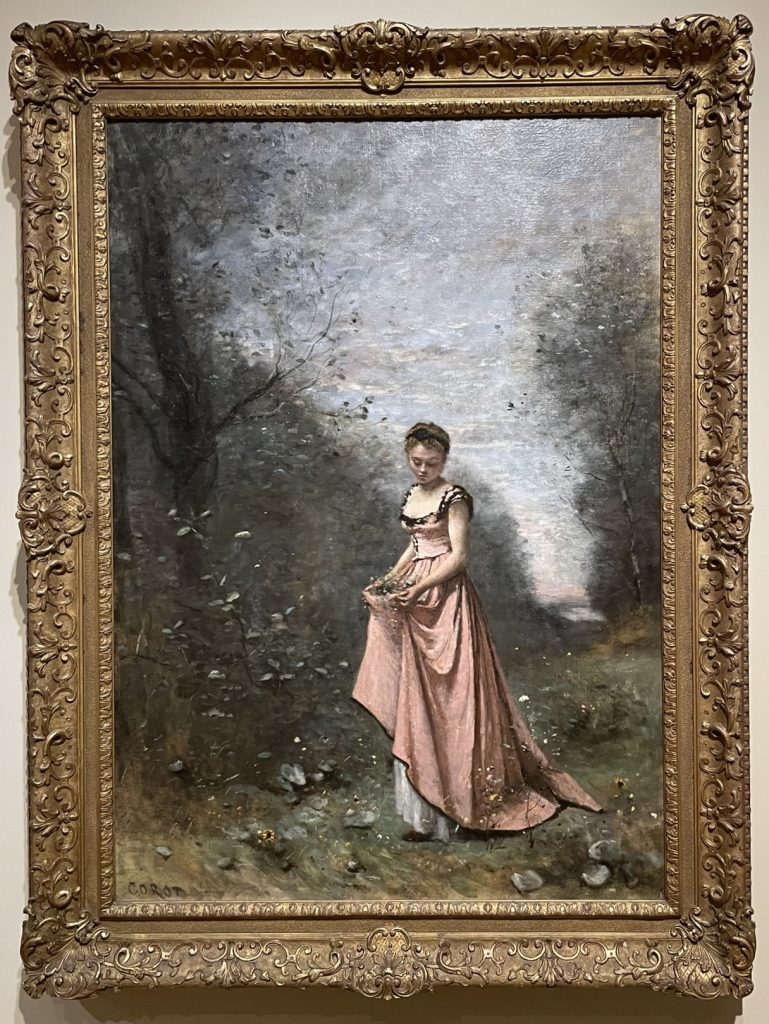
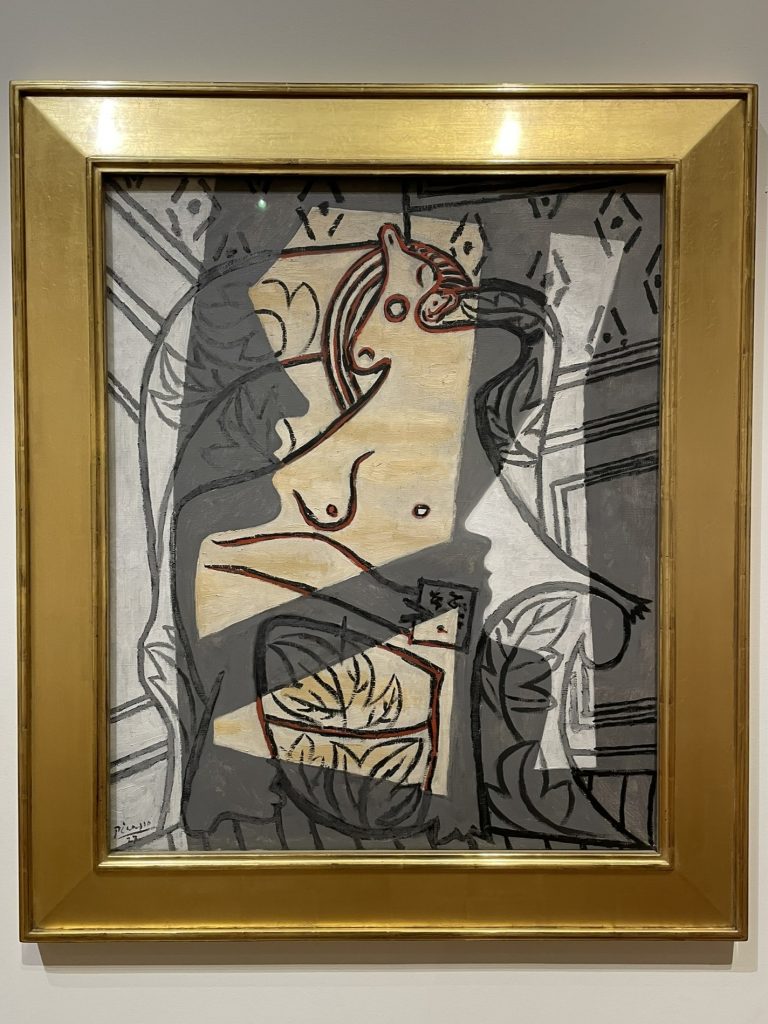
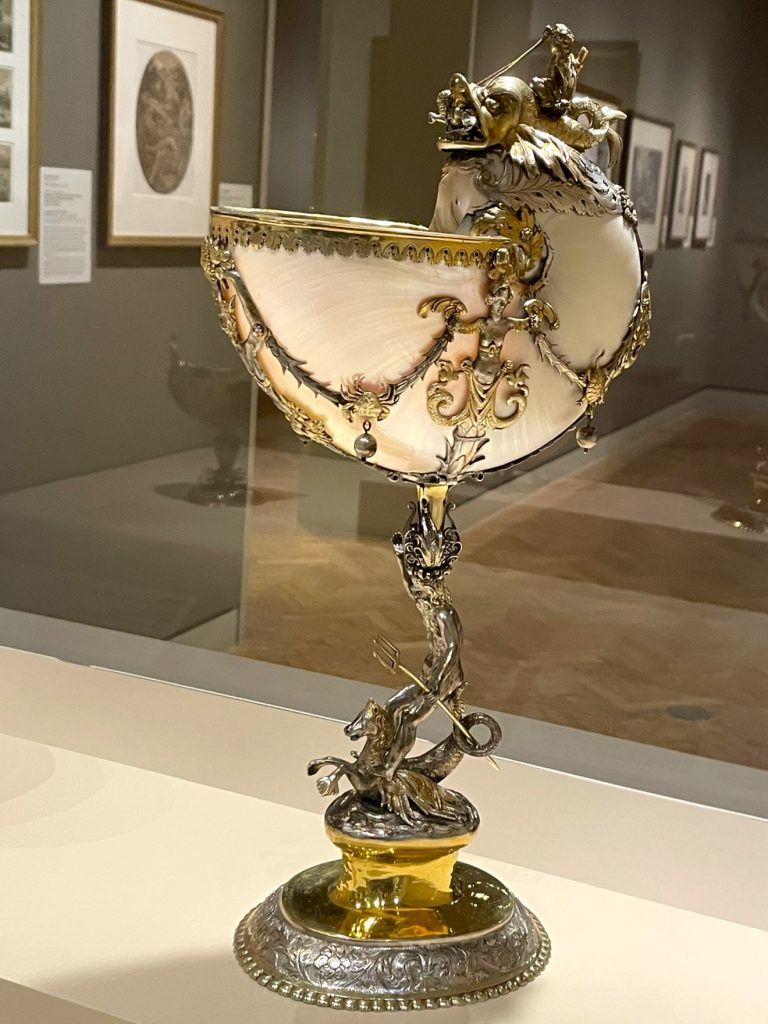
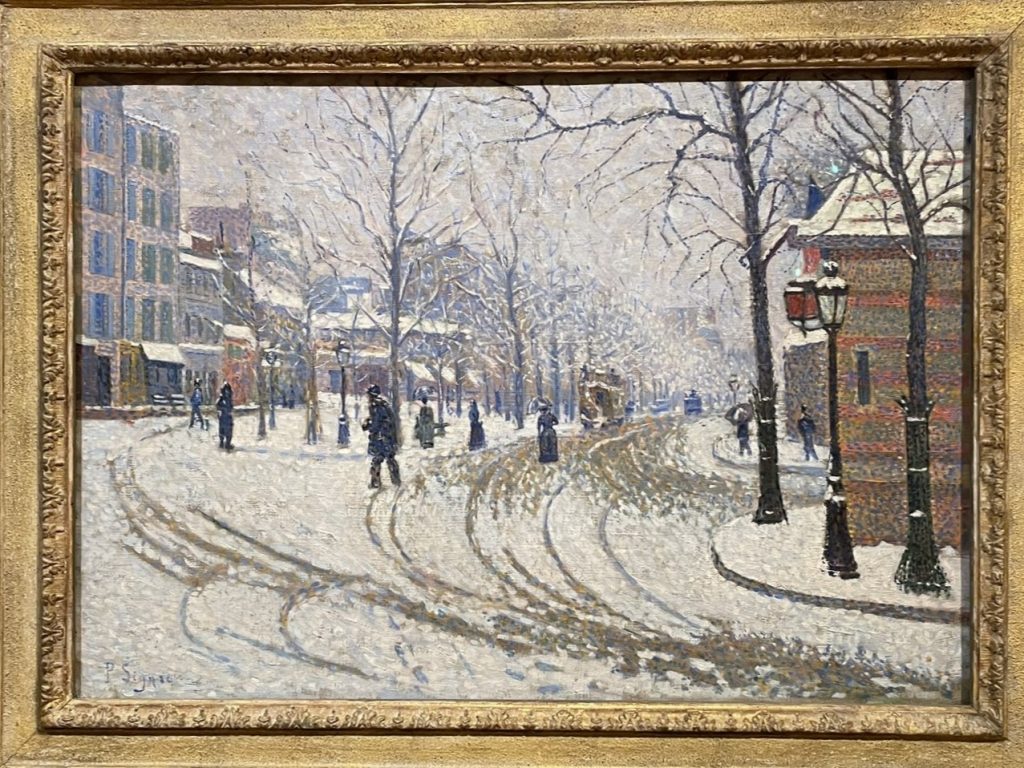
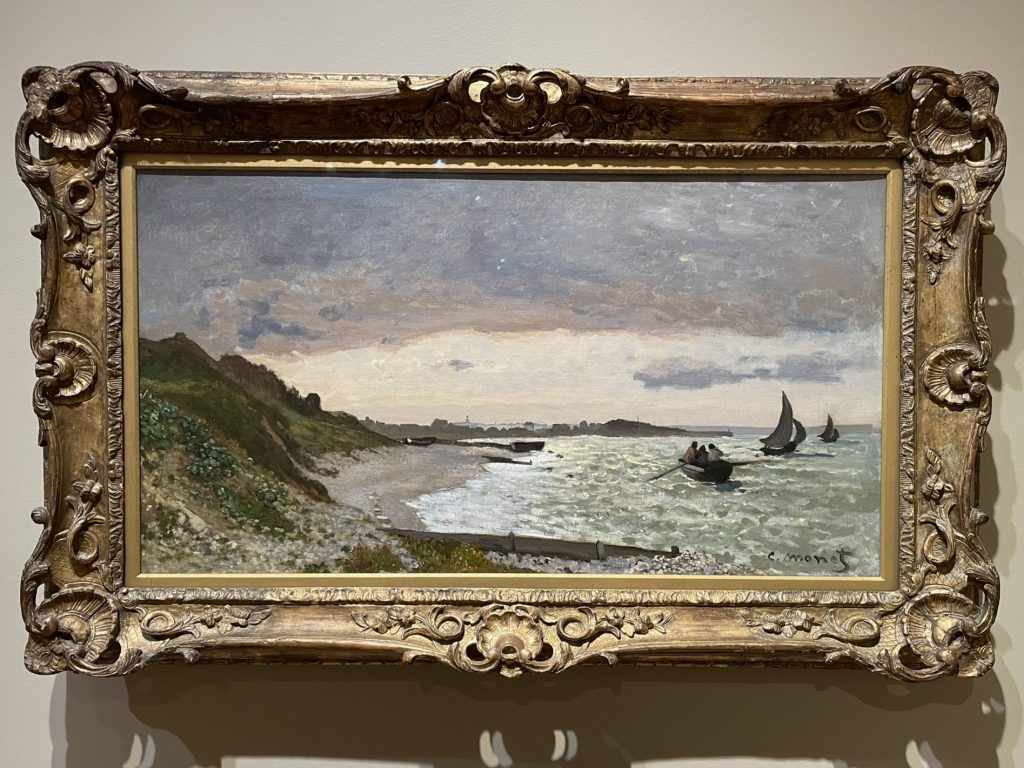
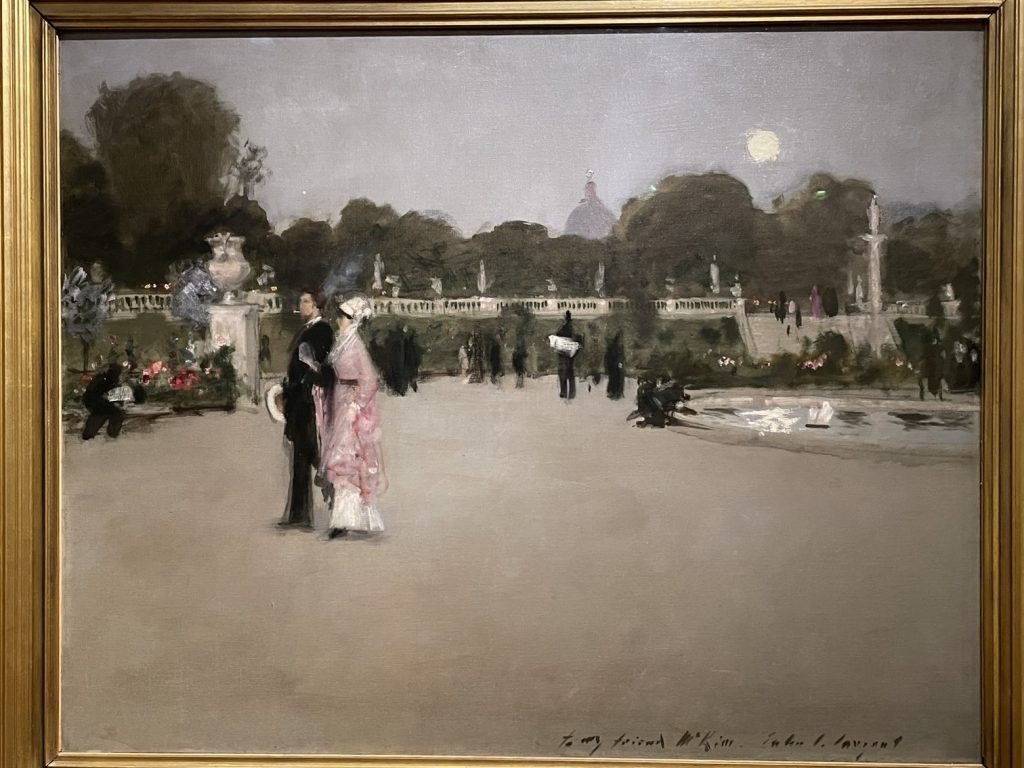
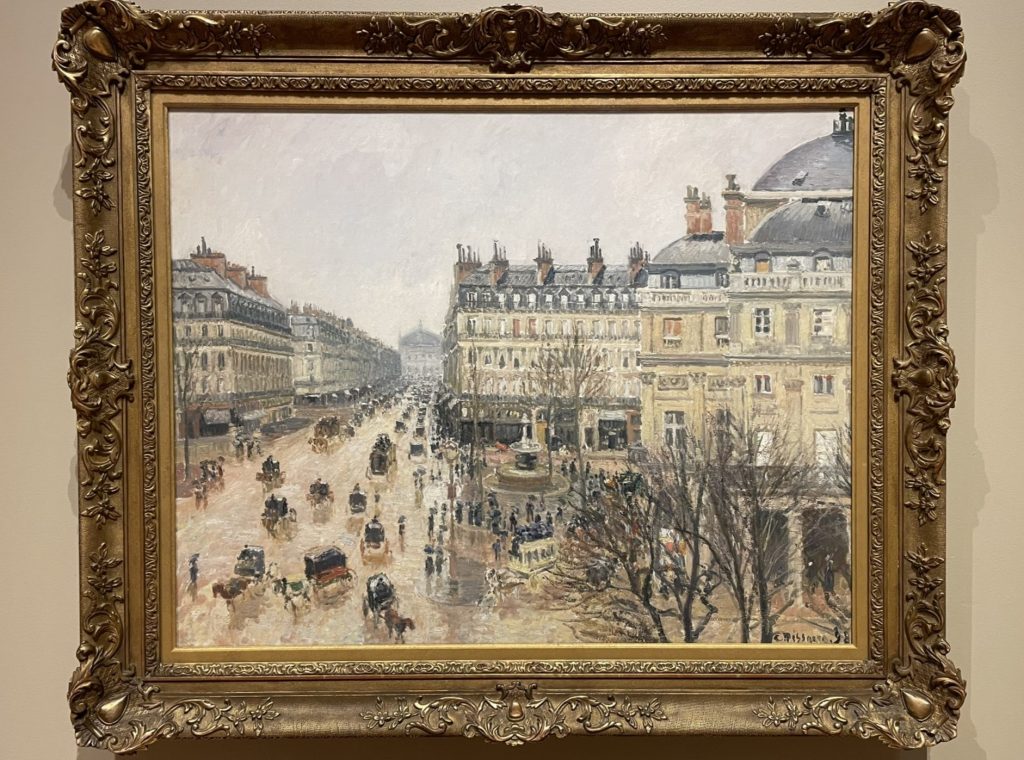





2 thoughts on “Minneapolis Institute of Art”